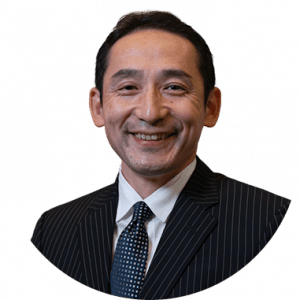What is the DROP-Asian ACS study and what are the objectives? What are the reasons to initiate this study?
The DROP-Asian ACS is a prospective, stepped-wedge, cluster-randomized trial enrolling 4,080 participants presenting with chest pain to the ED of eleven centers in five Asian countries within 20.5months. Initially, all clusters will apply ‘usual care’ according to local standard operating procedures including hs-cTnT but not the 0/1-h algorithm. Every 1.5 months, one cluster will randomly be allocated to switch to the 0/1-h algorithm using hs-cTnT. The primary outcome is the incidence of major adverse cardiac events (MACE). The difference in MACE was estimated to evaluate non-inferiority. The non-inferiority margin was prespecified at 1.5%. Secondary efficacy outcomes include costs for healthcare resources and duration of stay in ED. The aim of this study is to quantify the impact of the routine use of the 0-1-hr/algorithm on patient outcome and on costs in patients with chest pain presenting at the emergency room, as compared to usual care. The reason to start the study is because the lack of the evidence of the 0-hour/1-hour algorithm in Asian countries.
Why is hs-cTnT being used for the study?
Hs-cTnT is being used in the study because we have already implemented hs-cTnT before starting the study, and had good experience to use hs-cTnT. Later on, I had opportunity to compare hs-cTnT and hs-cTnI. There were not significant difference, however, there was a tendency that hs-cTnT was slightly better. Until now, I do not find any problem to use hs-cTnT, that is why.
How would this study better inform physicians in the APAC region on the management of chest pain patients in the ED? How will this benefit the ED and patients?
The ED congestion is a serious problem, and the number of catheter laboratory is not sufficient in Asia. I believe this algorithm can help to reduce ED congestion, and avoid unnecessary admission. It would fit with ED in Asia. For patients, this would mean shorter waiting times for assessment and treatment and thus better satisfaction and admission and improved patient outcomes.
How safe is the rapid algorithm with hs-cTnT for the fast discharge of patients from the ED?
There are lots of publications, and the sensitivity for MACE in rule out group is around 99%. Large studies have shown that the high NPV and the low 30 day-mortality confirm the safety of early rule-out with hs-cTn. ESC 0/1h algorithm is also applied for Asian population with similar rule-out performance. Low PPV (increased false-positive AMI cases in rule-in group) might be seen in some clinical settings, eg with higher portion of patients with hemodialysis, VAS etc. Rule-out of AMI does not equate to discharge of patients from ED. Clinicians should also consider clinical information in discharge and follow up decision. Combination with FRS or GRACE score helped identify high-risk patients.
Rule-in does not equate to diagnosis of AMI. The rapid rule-in helps differentiate high likelihood patients for further investigation of AMI. From my 9-years experience using the algorithm, no one showed subsequent MI, or cardiovascular death if you allow the rule out patients to go back home.
What are your learnings from the study and how would the outcomes shape clinical management of ACS patients in the near future?
What I ‘will’ learn from this study is , may be, the heterogeneity of the clinical practice in Asia. The reason not ‘is’ but ‘will’ is the data is closed, I can not see the result for even PI. I believe that I will learn the problem of the approach to ACS patients.


















